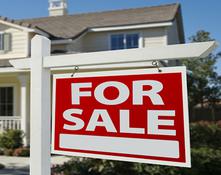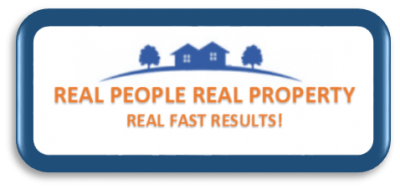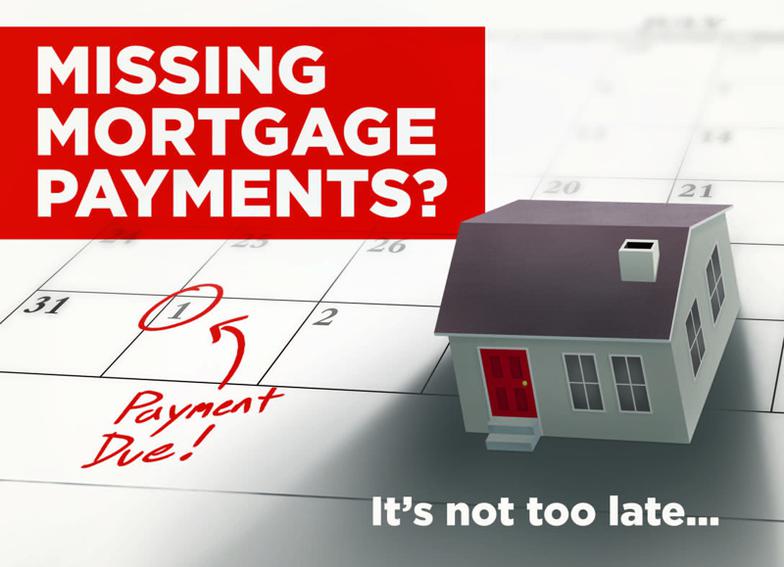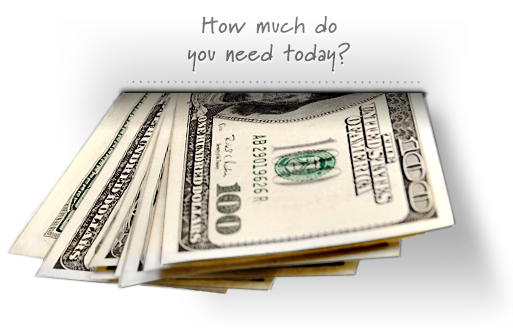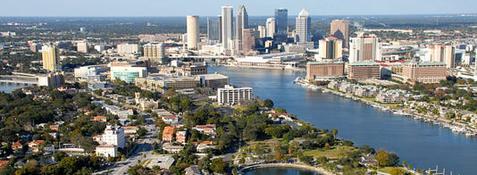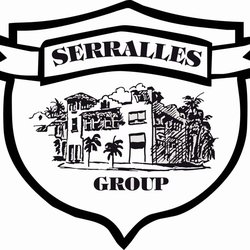RealEstateHomeSolutions.com
Home Issues - Strategies - Solutions
Interested in learning more about us?
About RealEstateHomeSolutions.com
Real Estate Home Solutions was founded by JW Davis on July 1, 2015. We are Investors and We can HELP YOU with your financial Real Estate Problems. We work within a network and have Strategies & Solutions to help you with Behind On Payments, Foreclosure, Save Your Home, Help You Secure Your Financial Future and Solve Many of Your Real Estate Problems Today. We Care about helping you, free of charge to save your home and stop foreclosure. We have many various strategies and solutions to help you where others cannot or will not. Do give up so soon. Let us HELP YOU TODAY!
We also Buy Houses, Residential Homes & Multi-Family Units, as well as Sell Residential homes & properties. We also Buy Commercial and other related properties and land across Florida.
Real Estate Home Solutions main office is in Holiday, Florida. We treat all of our clients and those who come in contact with us, with the utmost Class, Integrity and Professionalism. Many other companies may offer similar services like ours, but our services are the best available in Florida, and our services come with a personal touch that you will never forget!
JW Davis / President
www.RealEstateHomeSolutions.com
Email: admin@RealEstateHomeSolutions.com
Tel: 727.657.3339 - Cell: 727.218.9584
JW is a Real Estate Investor who holds a Certificate of Completion from the Russ Whitney Real Estate Academy. He also holds Certificates in Real Estate Wholesale and Tax Liens & Deeds from the Academy.
JW is currently attending Real Estate classes and studying Real Estate Investment presented by Eddie Serralles of the Serralles Group of Tampa, Florida. "I feel very fortunate to be learning
Real Estate Investment presented by Mr. Eddie Serralles and to learn in a professional environment", he said. "Mr. Eddie Serralles is certainly a recognized expert in Real Estate Investment in Tampa, Florida", he said. "I certainly appreciate and am very proud to be getting a better understanding and learning the process of Real Estate Investment for a sure-fire way of being successful as a Real Estate Entrepreneur from such a legend as Mr. Serralles", JW said.
JW is a firm believer in researching, developing and implementing Economic Development strategies and solutions involving Real Estate Investment and Development.
"I certainly feel privileged to participate in Real Estate Investment with ideas, strategies and solutions to help individuals and families solve financial difficulties and reach satisfied solutions for their Real Estate and property needs", he said.
CALL US TODAY TO FIND OUT HOW WE CAN HELP YOU!
ITS FREE!
TELEPHONE: 727.657.3339
JW DAVIS - REAL ESTATE SPECIALIST
EMAIL: admin@RealEstateHomeSolutions.com
OUR MISSION
The Mission of Real Estate Home Solutions is to be one of the most successful Home Strategies and Solutions companies for homeowners on the Suncoast of Florida! Many of our strategies incorporate proven, professional state-of-the-art technologies specializing in marketing, listing and selling of new and resale homes, multi-family, residential communities, condominiums, apartments, home sites, undeveloped land, commercial and investment opportunities. Real Estate Home Solutions is associated with a full-time staff of well trained real estate professionals who continually strive to provide top quality service for our clients and customers. We are a creative, innovative and people-oriented organization providing individual opportunity, personal satisfaction and rewarding challenges to all members of our company.
Our ultimate goal includes making the buying and
selling real estate properties as cost effective as
possible while maintaining the highest level of
service as well as providing accurate and
up-to-date information, skilled anaylsis, and
sound real estate advice. This includes continually exploring new ideas and technology, to make the selling and buying of real estate faster, less costly and easier.
WE BUY HOMES & HOUSES!
Any Area, Any Condition!
WE PAY CASH...CLOSE FAST!
WE DO LOANS...ANY REASON!
CALL TODAY!
727.657.3339
RealEstateHomeSolutions.com:
A Comprehensive Approach
"Real Estate Home Solutions" refers to a range of services designed to address various needs in the real estate market. Our solutions cater to buyers, sellers, renters, investors, and property owners, providing assistance with everything from property management and investment to navigating transactions and generating leads.
Key aspects of our real estate home solutions
Here's a breakdown of the various solutions offered within the real estate sphere:
Property management: Companies like Home Solutions Property Management offer full-service property management, including tenant background checks, marketing rentals, and handling maintenance to ensure properties operate smoothly and maintain or increase in desirability and value. AppFolio also provides software solutions for automating and streamlining real estate management processes.
Real estate services: Full-service residential companies like Home Solutions Real Estate Services assist with buying, selling, renting, investment portfolios, and property management, emphasizing responsibility, accountability, and customer service. They also offer expertise in market conditions and ROI calculations for investors, providing market analysis based on investment strategies.
Investment opportunities: Companies like Home Solution Investment in Orlando, Florida, specialize in property acquisition and management, buying houses in various conditions, including neglected properties, and providing hassle-free cash offers and quick closings. Similarly, Florida Home Solutions offers to buy houses quickly for various reasons, including job loss, relocation, and foreclosure.
Selling your home:
Traditional brokerage services: Companies like Houzeo, RE/MAX, Redfin, Watson Realty Corp, The Keyes Company, and Coldwell Banker offer brokerage services for sellers, including Flat Fee MLS listings, agent matching, and full-service options. However, fees and commission structures can vary significantly between companies and agents.
Cash offers and iBuyers: Companies like Opendoor provide instant cash offers, allowing sellers to avoid traditional repairs, prep costs, agent commissions, and fees. HomeVestors also buys houses directly from sellers, often in "as is" condition, with no repairs needed.
Online platforms and lead generation: Websites like Zillow, Realtor.com, Trulia, UpNest, and Clever Real Estate offer platforms for listing properties, connecting with agents, and accessing resources for buying and selling homes. Lead generation companies like Market Leader, Smartzip, and Catalyze AI provide services to agents, teams, and brokerages to find and convert leads.
Buying a home: Companies like Watson Realty Corp and The Keyes Company in Florida focus on providing buyers with services like property comparisons, virtual showings, and mortgage assistance. Coldwell Banker also provides various resources and tools, including property search tools and mortgage assistance, to help buyers find their dream homes.
Commercial real estate: Companies like RMC Property Group and SVN offer services for commercial properties, including leasing, acquisition, management, and development of investment properties. They specialize in providing financial and analytical expertise and offer insights into market trends for commercial real estate assets.
Benefits of using real estate home solutions
Engaging with real estate home solutions and professionals offers several advantages:
Expert advice and market knowledge: Real estate agents possess in-depth knowledge of local markets and trends, providing valuable insights for informed decision-making.
Negotiation skills: Experienced agents bring valuable negotiating and contract management skills, potentially saving clients time and money.
Networking capabilities: Real estate professionals have established networks that can help connect buyers with sellers and identify suitable properties more efficiently.
Reduced stress: Navigating the complexities of real estate transactions can be stressful. Professionals can alleviate this by guiding clients through each step, handling paperwork, and managing the process.
Time and money savings: By leveraging expertise and resources, real estate solutions can help clients avoid costly mistakes and delays, ultimately saving them time and money.
Ultimately, the best real estate home solution depends on your individual needs and goals. Exploring the diverse options available can help you make an informed decision and achieve a successful real estate outcome.
Endorsement Disclaimer - Links to Other Sites - Jan.5, 2025
Our web site has links to many local, states, federal agencies, and other private organizations. You are subject to an “off-site” web site's privacy, copyright, security, and information quality policies when you leave our site. We do not guarantee the accuracy, legality, or completeness of information contained on the site; do not endorse the views the site expresses, or the products/services it offers; and cannot authorize the use of any copyrighted materials contained in the site. We are not responsible for Section 508 compliance (accessibility) on other federal or private Web sites.
The information provided using this web site is only intended to be general summary information to the public. It is not intended to provide legal advice to an individual or entity . We make no guarantees about the accuracy or completeness of the contents of this site, and expressly disclaims liability for errors and omissions in these contents.
Intrusion Detection
This site is maintained by RealEstateHomeSolutions.com. It is protected by various provisions of Title 18, U.S. Code. Violations of Title 18 may be subject to criminal prosecution in a federal court.
We monitor network traffic to identify unauthorized attempts to upload or change information, or otherwise cause damage, knowingly or inadvertently. Information may be shared with our staff and contractors assisting staff who have a need for the information. When required by law or in very unusual circumstances such as misuse of our system, we may share individual information with Congress, the public, union personnel, other agencies, or in litigation. We handle information in accordance with the provisions of the Privacy Act of 1974, 5 U.S.C. § 552a, and the Commission’s rules, 19 C.F.R. § 201.22-.32, which accord individuals certain rights with respect to information; in particular, we recognize the importance of safeguarding personal privacy, and do not normally publish information about individuals except as required by law. We maintain access controls and data storage controls on the system to ensure that unauthorized persons do not see sensitive information.




